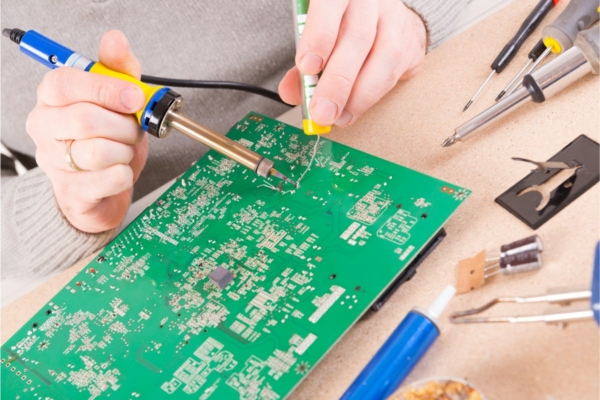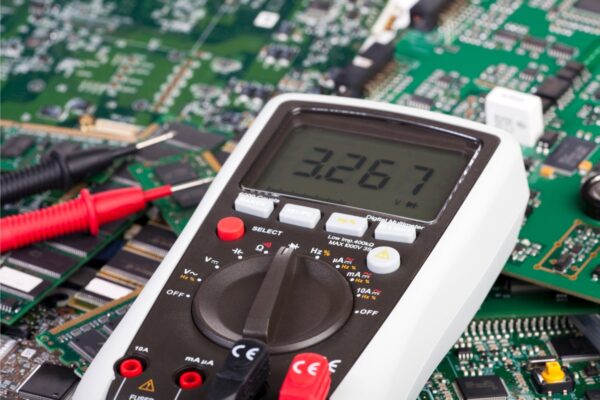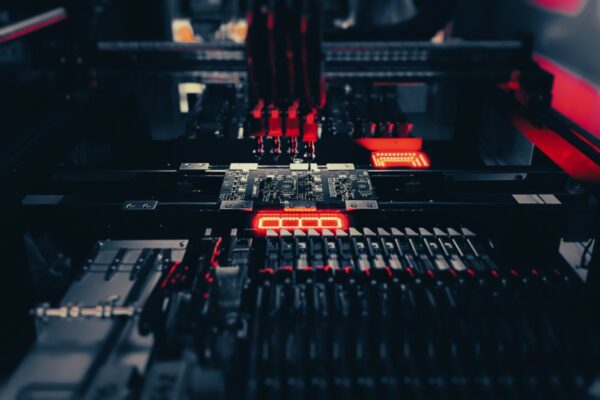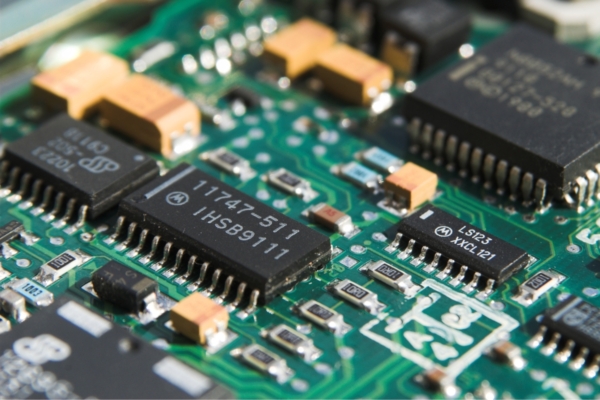What is Flow Soldering
Flow soldering, or wave soldering, is a bulk PCB assembly process utilized in the manufacturing of printed circuit boards. It involves passing the circuit board over a pan of molten solder, where a pump creates an upwelling of solder resembling a standing wave. As the circuit board comes into contact with this wave, the components on the board become soldered.
Flow soldering is commonly used for soldering through-hole components, although it can also be employed for SMT assemblies. In the case of SMT, the components are initially glued onto the PCB surface using placement equipment before being run through the molten solder wave.
To ensure optimal soldering, the height of the solder wave is carefully controlled. The contact time between the solder wave and the assembly being soldered is typically set between 2 and 4 seconds, which can be adjusted by manipulating the conveyor speed and wave height parameters on the machine. Additionally, the wave height is regulated by adjusting the pump speed.
While wave soldering has been largely replaced by reflow soldering methods in many electronics applications, it still finds significant use in situations where SMT is not suitable, such as with large power devices and high pin count connectors, or in cases where through-hole technology is still prevalent. Flow soldering offers advantages such as increased production efficiency, reduced production time compared to manual soldering, programmable machine settings for individual PCB assemblies, and improved soldering accuracy through temperature regulation.





